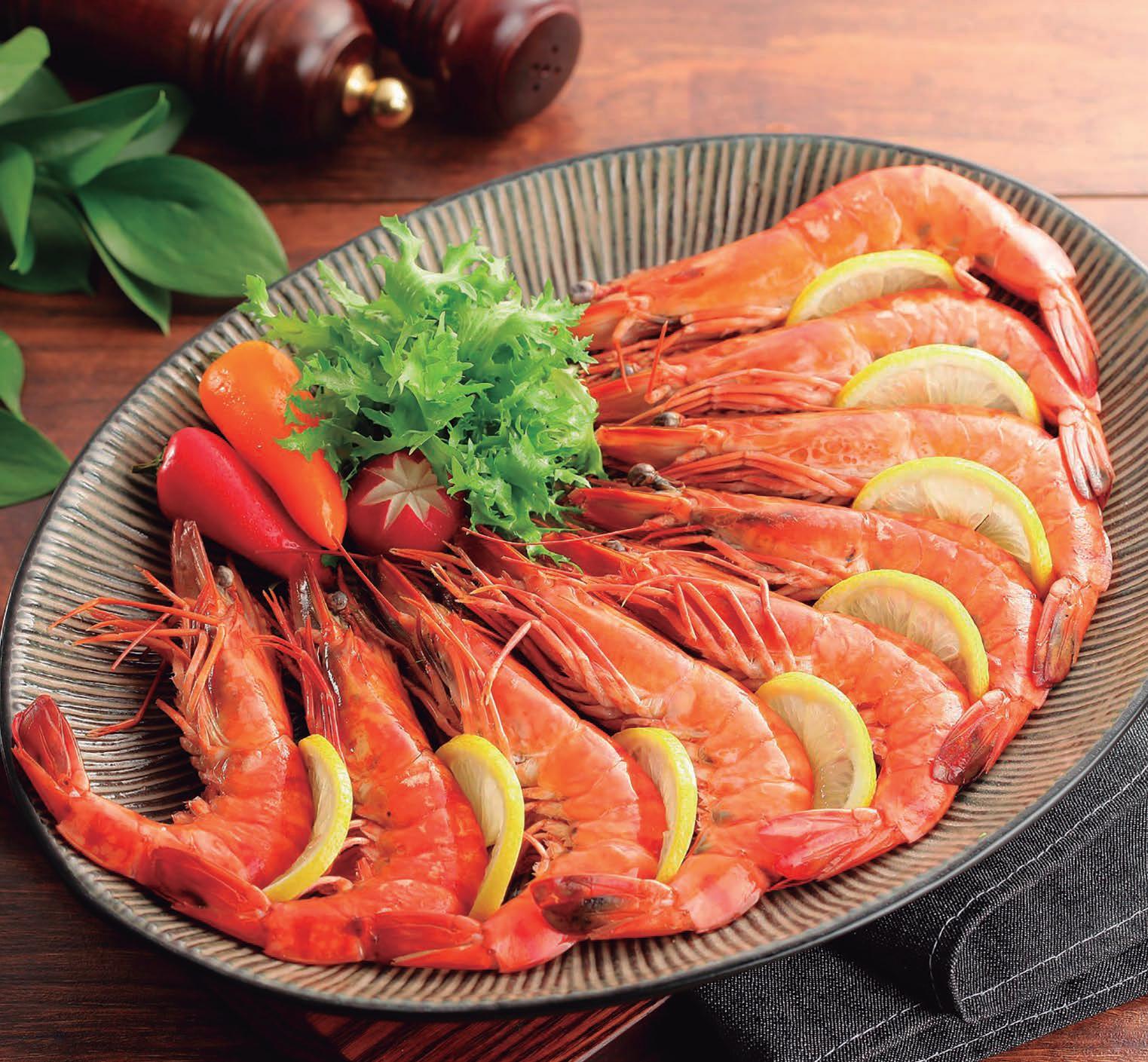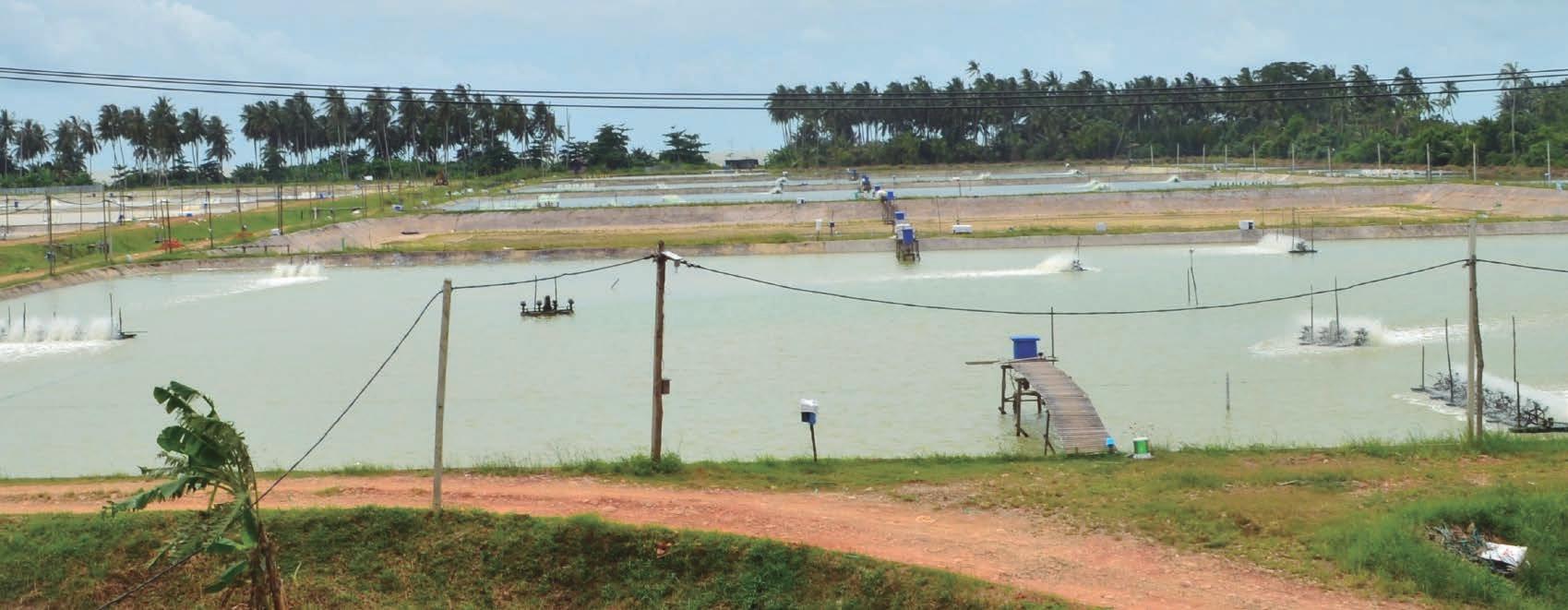
3 minute read
OUT AND ABOUT An increase in global consumption of farmed seafood is expected over the next 10 years
By: Salvador Meza *
Visionary people who are investing in the seafood industry, whether they are in aquaculture, fishing or any other areas within the associated value chain, now is the time to step forward and get ahead of the development of RAS farms (Aquaculture Recirculation Systems), in order to prevent staying out of the new and dynamic markets that will promote this technology.
The production of farmed species has mainly driven the increase in the commercialization of fish and shellfish in recent years in different aquaculture settings, predominantly premium quality crustaceans, highvalue marine species, and lower-value white fish species produced in Asia and exported to countries in Europe and the American Continent.
The annual growth of this market has been steady and around 4% on average between 2012 and 2017, reaching a value of nearly 150 billion dollars. This value increase is mainly a result of the commercialization of farmed salmon and shrimp, rather than a general rise of productions from fisheries, which are already being impacted by over-exploitation, lack of governance in an international level and the effects of climate change.
The highest value produced in the seafood market currently responds to farmed salmon exports from Norway to the European Union, followed by farmed shrimp and fish exports from China to the United States.
During the period between 2013 and 2017, one of the seafood markets that grew the most in a global scale was the farmed shrimp, since the United States, the European Union, and China increased their imports significantly.

Meanwhile, India, Indonesia, Vietnam, Mexico, and Ecuador have been the countries where the production of this species has grown the most, given their favorable climatic conditions and the gradual technological development of their farming techniques, which has allowed them to become the main shrimp suppliers for these countries.
Analysts from the global financial sector expect growth in aquaculture production to be driven in the upcoming decade by genetic improvements, innovations in aquaculture feed, and intensification of production with more efficient sustainable technologies. These analysts expect that during 2020 the volumes of aquaculture production will be above 90,000 metric tons and exceed the output obtained from fisheries.
Among the technological innovations expected to have a more significant impact on the aquaculture production rates increase, the Aquaculture Recirculation Systems (RAS) are identified. These systems are a constant reason for analysis by financial institutions and investment funds, in which this emerging technology is projected to change the role of aquaculture over the next ten years. These analyzes exemplify this by highlighting the potential of inland salmon production in farming ponds with RAS technology.
According to this analyst, if the risks within the RAS operations are managed effectively, the aquaculture production of these systems will have a significant impact on the salmon market and, eventually, on all the species that are added to the production with RAS systems. The chain of commercialization of these aquaculture products will be affected by the dynamism of this production, as well as the systems of process, collection, and distribution, which means that the entire industry will be in a revolution in the next decade.
Salvador Meza is Editor & Publisher of Aquaculture Magazine, and of the Spanish language industry magazine Panorama Acuicola.








